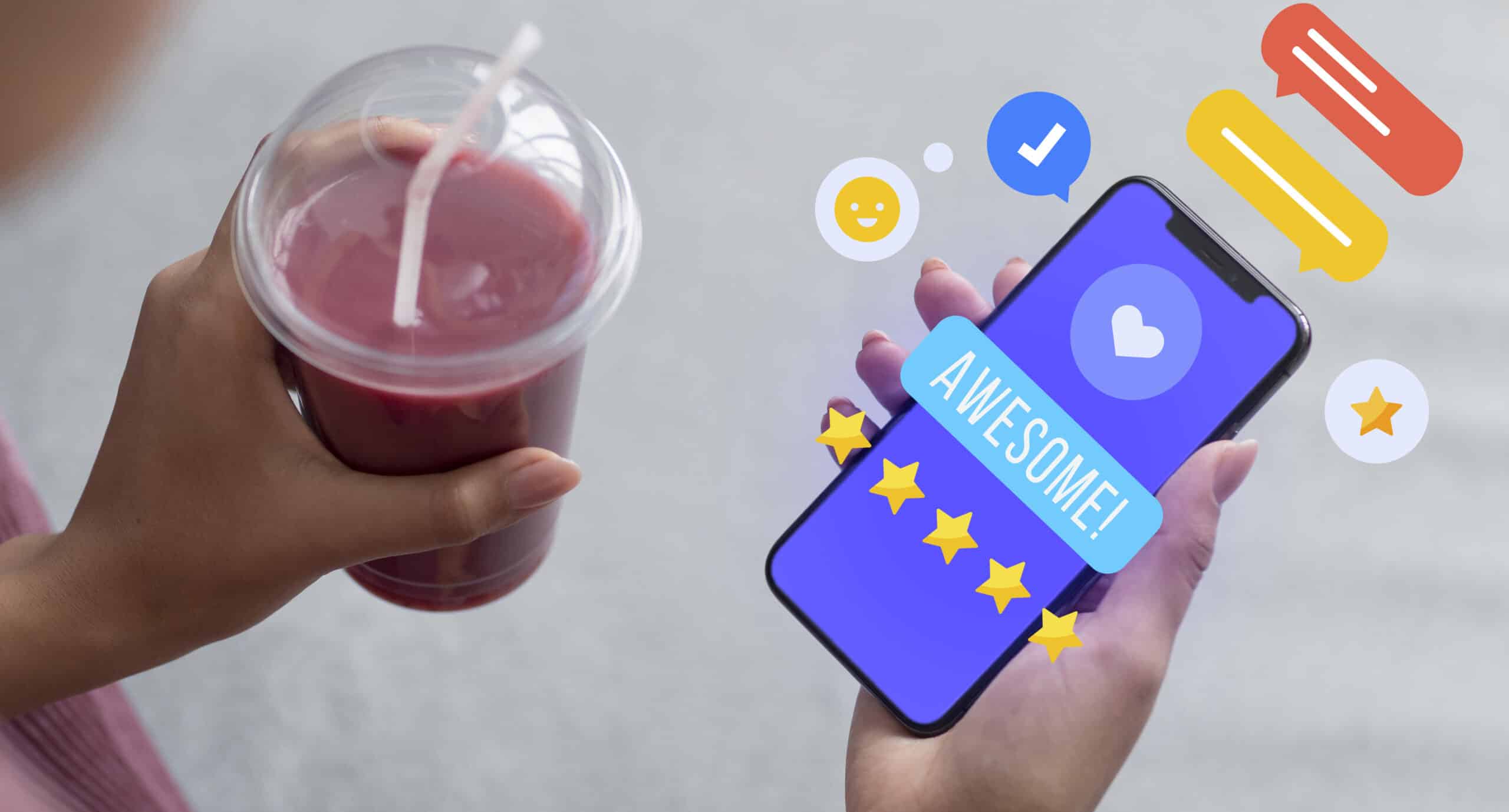In the ever-changing hospitality landscape, restaurant owners are always looking for ways to stay ahead of the curve. Whether through implementing the most advanced POS system or utilizing a new marketing strategy, the industry is always evolving. One innovation is restaurant loyalty programs. Restaurant loyalty programs are designed to encourage customers to keep coming back. They typically offer rewards like points, discounts, or free items for visiting the restaurant, spending money there, or signing up for the program. These programs are a great way for restaurants to build customer relationships and boost their business. We’ll evaluate how these programs work and the ROI for owners.
ROI of Restaurant Loyalty Programs
Key Metrics for ROI Measurement
Restaurant loyalty programs can take different forms but typically follow a similar format.
- Customers sign up for the program. This can be done in person by entering a phone number on a POS system or through the restaurant’s app or website. In many cases, this is an opportunity for the restaurant to enroll patrons in marketing emails or other promotions. This tool is especially helpful for small businesses attempting to gain traction.
- Patrons begin earning rewards or points based on their purchases. Some programs are points-based, where you earn points for every dollar spent. Others might give you a stamp for each visit or offer a free birthday meal. Many programs are tiered, with bigger rewards for more loyal customers. For example, Dunkin Donut’s reward program allows customers to earn 10 points for every dollar spent, accumulating in a drink reward at 200 points.
- Customers are enticed to visit the restaurant frequently to earn and eventually redeem their points, making it a win-win for both the customer and the business.
 Loyalty programs seem simple in theory, but choosing the right one for your business can get tricky. Working with a hospitality accounting firm like Paperchase can help you make the best decision for your business.
Loyalty programs seem simple in theory, but choosing the right one for your business can get tricky. Working with a hospitality accounting firm like Paperchase can help you make the best decision for your business.
Choosing the Right Program
When evaluating the right loyalty program for your restaurant there are several factors to consider. One is price. Paperchase’s hospitality accountants can help you review your budget to pick the best software for you and negotiate terms on fees when implementing the program to your POS system or website. A good restaurant loyalty program has a focus on app-based engagement. This is often paired with digital loyalty cards or receipt scanning to give customers an easy user experience and incentivize them to use the app more frequently. When applicable, loyalty cards should offer free food items. This can be after a certain number of purchases, BOGO, or for special occasions. This can be a great way to move slow-selling inventory by incentivizing your customers to buy more. Most programs follow the “earn and burn” method which is a way to entice customers to spend money because of a higher perceived value than actual cost. Customers spend money to earn points, redeem their points, and then spend again. Introducing a blockchain to your loyalty program can provide a sense of security as customer records will be kept safe and they will be able to access a verified record of their rewards.
ROI of Loyalty Programs
With the unpredictability of the industry after the pandemic, restaurants are searching for any way to increase their revenue. The 2023 Antavo Global Customer Loyalty report claimed that 88.5% of its respondents believe customer loyalty would help their business during this period of economic uncertainty and a looming recession. Analyzing your ROI for restaurant loyalty programs is a powerful tool to increase your bottom line. For example, look at your customer spend. After implementing a loyalty program, your customer spend should increase. Studies show that members of a loyalty program spend 5% more per visit than non-members. Additionally, the value of a loyal customer is higher, potentially increasing your restaurant’s profit margins by upwards of 25-100%.
Another key metric to review is customer acquisition cost – the cost it takes to get a new customer. Loyalty programs can help you save by reducing dependence on expensive marketing ventures to draw in repeat business. Similarly, your capture rate is a tool to track how often loyalty members use your program when placing orders. A high capture rate shows that your program is driving sales. The redemption rate is a metric for showing how often your rewards are being redeemed. A healthy balance is critical in this area because you want your rewards to be attractive to customers, but not given away too easily. Maximize your ROI for these programs by using data from your repeat customers to track how they are spending their money and adjust marketing and promotion to these metrics.
Conclusion
Restaurant loyalty programs are a powerful tool for restaurants to build customer relationships, encourage repeat visits, and ultimately boost revenue. By offering targeted rewards, user-friendly digital tools, and personalized marketing, restaurants can create a loyalty program that fosters customer engagement and drives long-term profitability. Remember, data analysis is key to optimizing your program – use customer spending habits to tailor your offerings and ensure your rewards are both attractive and sustainable. In the competitive restaurant industry, loyalty programs can be a game-changer, turning patrons into loyal fans who keep coming back for more.
Read more























